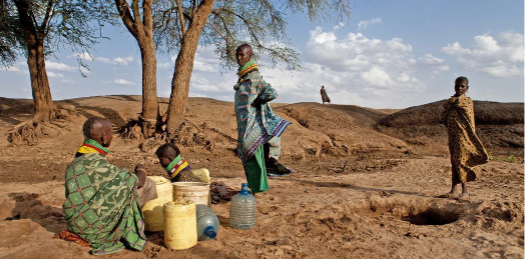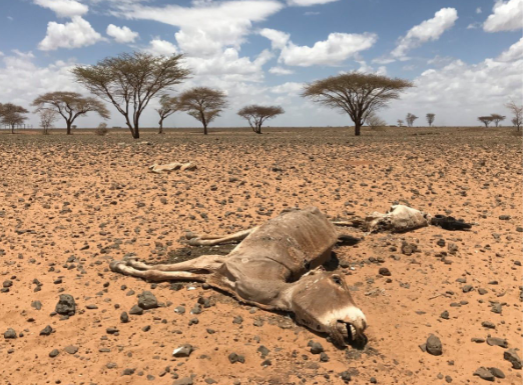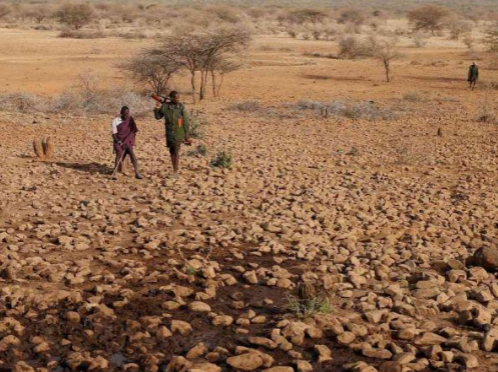
Kenya has declared the drought that has affected 10 out of its 47 counties, a
national disaster. The country’s President Uhuru Kenyatta, on Wednesday
announced the drought status of the nation after meeting leaders from the affected
arid and semi-arid areas in the north of the country, which have been said to
receive less than 50% of their average rainfall this year.

His declaration comes just a month after the country’s National Drought
Management Authority (NDMA) said an estimated 2.1 million Kenyans face acute
food shortage and are at risk of being in need of urgent assistance in the coming six
months. This is seen as a rise of more than 600,000 people from the 1.4 million
Kenyans the government in April said faced hunger due to the drought and the
effects of the COVID-19 pandemic. NDMA says the deterioration of the food security
situation in Kenya is due to the dismal performance of the March-May long rains,
the short rains and the effects of the pandemic. The authority also adds that the
situation was exacerbated by the recent desert locust invasion; the UN’s Food and
Agriculture Organization (FAO) has also been urging continued surveillance to
control the desert locusts that are now said to be in Somalia, Ethiopia and Yemen.

Residents of the affected areas, who are mostly pastoralists, are not only facing
hunger, but some of their livestock have died too. NDMA says the number of people
facing acute hunger is likely to grow to 2.4 million during the October-December
short rains, which the Meteorological Department has forecast to be below normal.
The figure has been corroborated by the Kenya Red Cross Society, with its Secretary
General, Asha Mohammed, saying 12 arid and semi-arid counties are the most
affected. The situation, Ms Mohammed added is likely to become worse and affect
up to 20 counties if authorities do not act immediately.

In the 10 out of 47 affected counties, those facing the risk of severe drought are
Baringo, Kajiado, Kwale, Laikipia, Lamu, Makueni, Meru, Taita Taveta, Tharaka Nithi
and West Pokot. On the other end, Embu, Narok and Nyeri counties are said to be at
a low risk. Other counties on the drought alert are Garissa, Isiolo, Kitui, Mandera,
Marsabit, Samburu, Turkana, Tana River and Wajir. President Kenyatta has directed
the treasury and interior ministries to work out immediate support for affected
households. The support he said will include distributing water and relief food as
well as buying livestock. The government is also set to roll out comprehensive
drought mitigation measures that are expected to be publicized soon.
Overtime, calls have been growing for an emergency response to support
pastoralists and residents of northern Kenya counties staring at starvation. The
drought in the various countries has also reportedly pushed hundreds of wildlife
from their natural habitat into private farms in search of water and pasture. As it is,
Kenya’s drought response plan requires Ksh9.4 billion for the July-November period,
Ksh5.8 billion for food and safety net support and Ksh3.6 billion for non-food
interventions. From a regional perspective, a consolidated June 2021 report by the
East African Community titled “Food Security Status Report,” showed that food
security in the African region had remained stable in the past one and-a-half years, despite challenges of volatile food prices, desert locust impacts, and the COVID-19 pandemic.